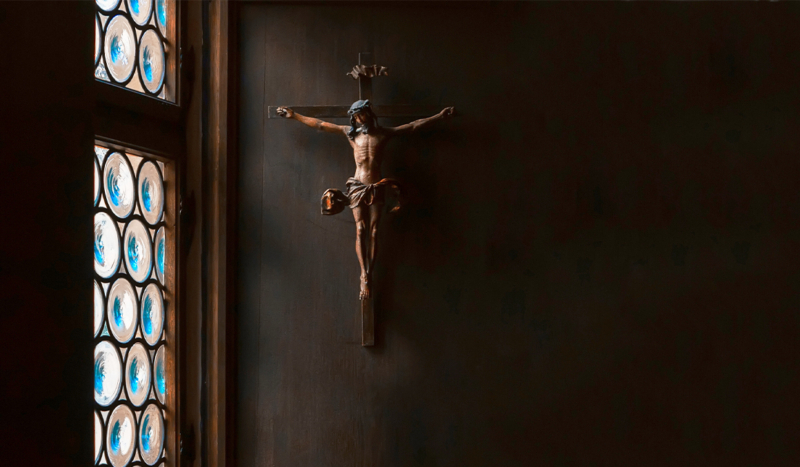
Adobe Stock
A recent analysis by Catholic commentator Phil Lawler points to a sobering conclusion: The dramatic drop in Mass attendance across the Western world can be traced to the Second Vatican Council.
In a July 28 article for Catholic Culture, Lawler cited new research from the National Bureau of Economic Research (NBER) that challenges long-held assumptions in the ongoing debate over whether the Second Vatican Council or broader cultural trends caused the decline in Catholic practice.
“Throughout the Western world, Catholic Mass attendance has declined dramatically since Vatican II. That is an established fact,” Lawler stated.
The new NBER working paper, “Looking Backward: Long-Term Religious Service Attendance in 66 Countries,” concludes that Vatican II “triggered a decline in worldwide Catholic attendance relative to that in other denominations.”
Lawler noted that this decline was especially pronounced among Catholics, suggesting that broader secularizing trends alone cannot account for the drop in religious practice.
“After an exhaustive evaluation of the available data, the NBER dismisses the notion that a worldwide secularizing trend hit all religious institutions more or less equally,” he wrote. “Not so, the working paper finds.”
According to Lawler, the study’s authors argue that the data are “consistent with the view that Vatican II shattered the perception of an immovable, truthholding Church.”
He also noted the authors’ claim that the Council’s negative effect on the number of women religious contributed to broader demographic changes.
“Vatican II’s depressing influence on the number of nuns led to a sharp decline in fertility among Catholics because of the loss of childbearing support,” Lawler quoted from the study, along with the resulting “collapse of the parochial school system.”
The significance of the NBER’s work lies not just in its conclusions but also in its source, according to Lawler.
“The NBER is a heavyweight institution in the field of economic research,” he said, pointing to its history of academic rigor and its roster of affiliated scholars, including more than 20 Nobel Prize winners in economics.
He added that the study’s authors bring no ecclesial agenda, as they are secular researchers focused on data analysis, not engaged in theological or intra-Church disputes.
“They don’t have a dog in that fight,” he said.
Lawler concluded that the central finding of the NBER study is difficult to dismiss: the Second Vatican Council marked the beginning of a significant and unexpected downturn in Catholic religious practice.
Citing the authors directly, he noted that “the decline in attendance is specific to Catholicism, to which Vatican II would directly apply,” and that the data point to the Council itself as “the event that precipitated the decline.”

